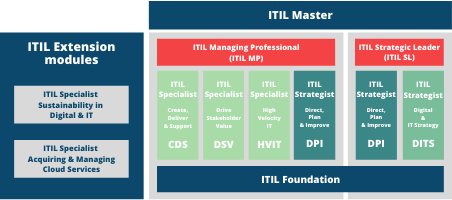Axelos/Peoplecert has released the newest ITIL Specialist course: Sustainability in Digital & IT. This course is designed to provide a practical grounding in the key principles of sustainability (as defined in the United Nation’s sustainable development goals) and then uses the ITIL continual improvement model to introduce methods and models that organizations can use to improve their sustainability.
For those who say, ‘but what about greenwashing?’, which involves conveying a false impression or providing misleading information about how a company's products are more environmentally sound. It’s happening and as a result, today’s consumers don’t necessarily trust companies to be transparent or to put their health and safety before the bottom line. Increasingly, however, consumers are calling out companies that get caught greenwashing, or boycotting companies that are failing to combat human rights abuses or protect animal rights. These forms of economic pressure will hopefully encourage companies to change their practices and lead to increased accountability.
So we have a ways to go, but progress is being made, and organizations are recognizing that sustainability provides an opportunity to gain or strengthen their competitive advantage. These organizations recognize that the way to build trust is by making a clear, transparent commitment to sustainability, and by providing regular status reports. Examples of this include Home Depot and Amazon, and we’re going to be seeing more of this in the coming years in relation to every industry that affects us on a day-to-day basis from food production to fashion. As well ITSM Academy has a portal (myitsmacademy.com) that has made it possible to deliver digital learner and trainer materials in lieu of printing paper manuals.
We’re also seeing it in the lifestyle changes that people are making such as switching to electric vehicles, demanding sustainable or less packaging, and digitalization to save paper. Such as the real-life example of ITSM Academy/s learners embracing virtual classes with digital materials.




Comments